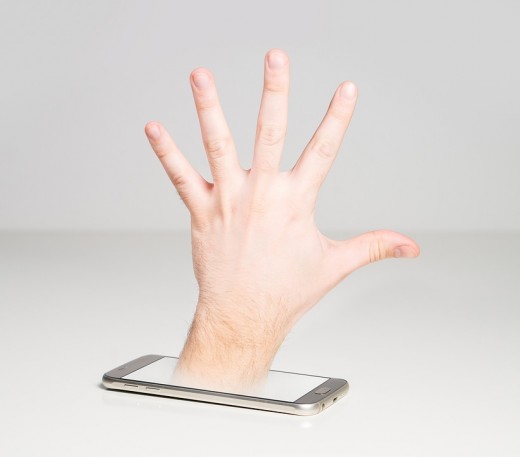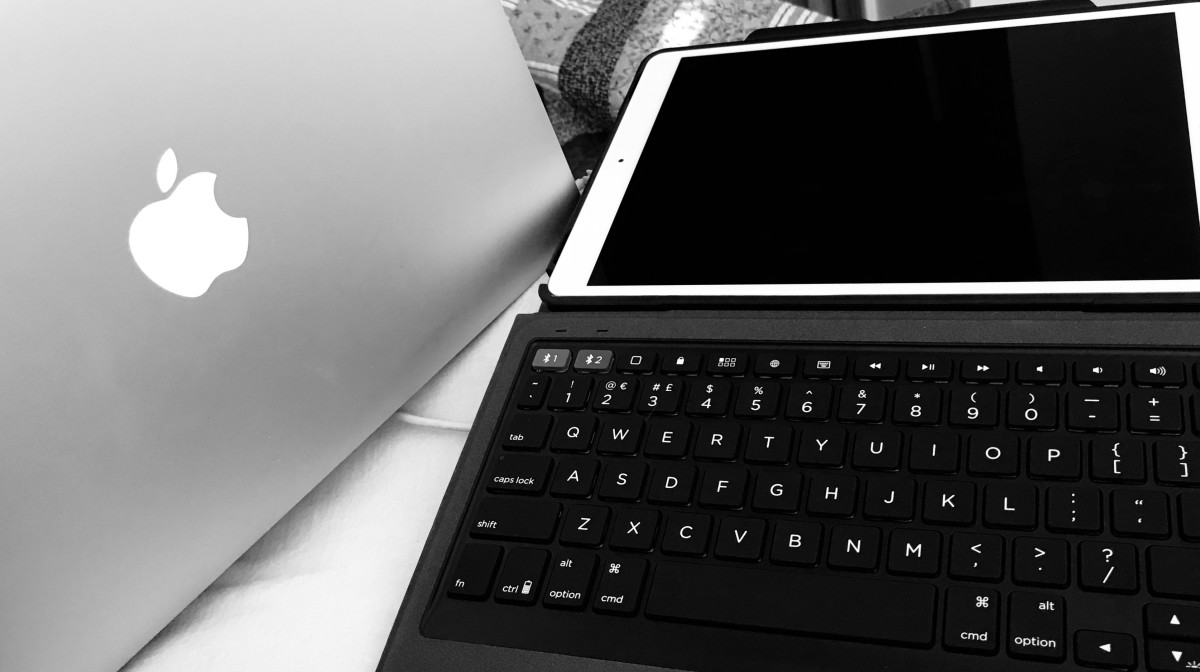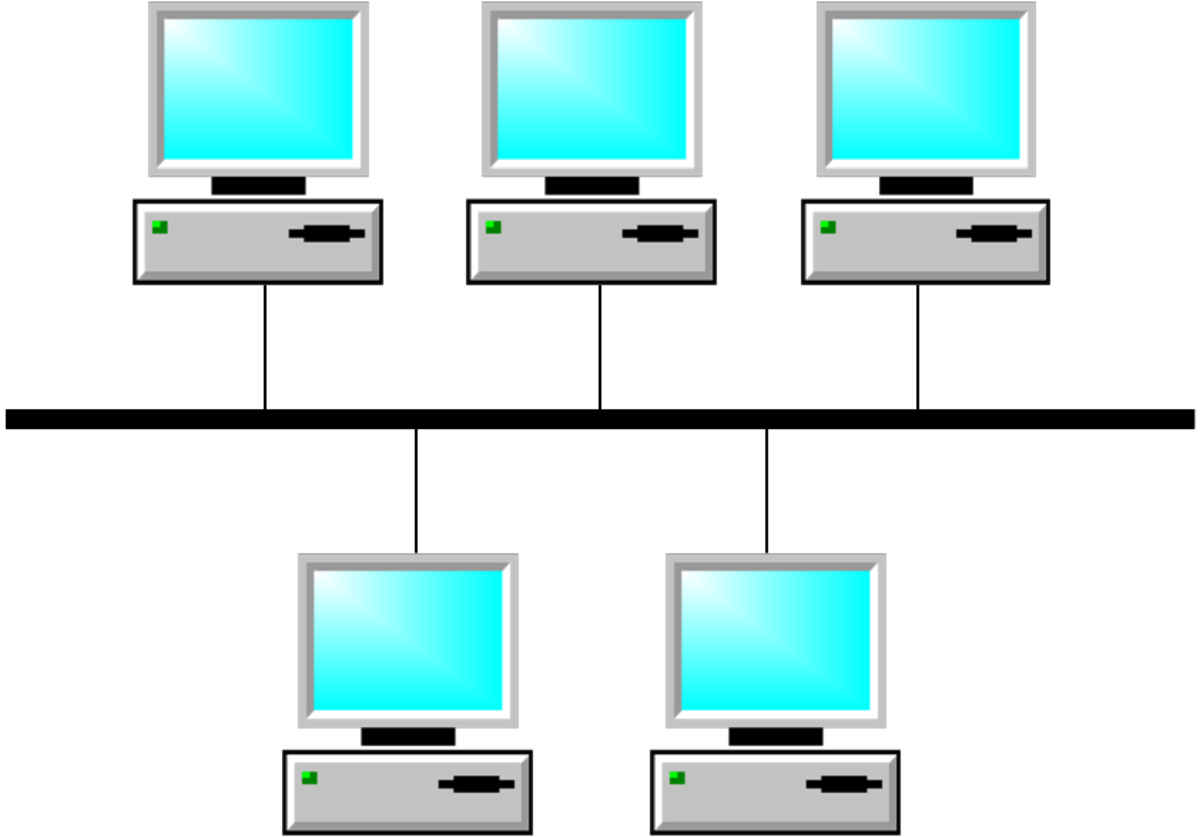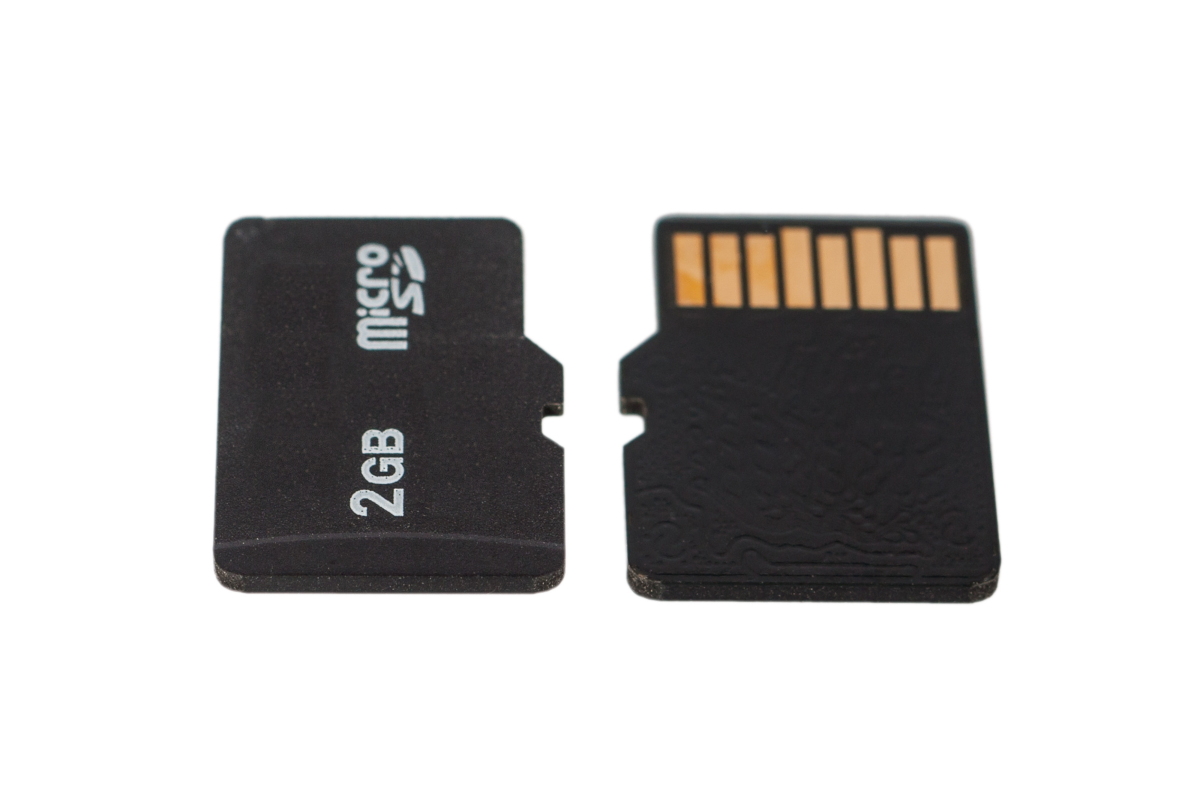Is Your Company at Risk of a Cyber Attack?

How Much Does a Cyber Attack Cost?
Businesses face more and more cyber threats – technology and cyber crime develop together. Companies depend greatly on mobile technology, which allows working from virtually every corner of the world but also potentially exposes sensitive information.
The cost of a cyber attack depends on many factors. It is certainly less expensive to defend your company against a security breach than dealing with its aftermath. If a cyber attack can’t be prevented, a backup plan can reduce the costs significantly. Work out your emergency budget in advance to be able to take the necessary measures quickly after a breach has occurred.
The cost of a breach may involve immediate money loss but doesn’t end there. A cyber attack can result in a loss of customers, business partners, and value of the company’s stock. Costs may accrue years after the breach. A lot will depend on detection time (some cyber attacks take place years before they are detected), the type of attack (a one-time occurrence or ongoing/periodical?), and reaction time – sometimes executives choose to ignore the breach, hoping for the best.
Cyber attacks may also involve costs to the community; people may lose jobs and depend on social benefits. The company will pay less tax because of a decreased revenue. Experts estimate that companies in the U.S. lose $250 – $300 billion a year as a result of cyber crime.
Mobile Technology
Mobile technology has many advantages for companies. For starters, it allows greater flexibility – you may work from any place in the world with an Internet connection. The tide of mobile technology seems unstoppable – there will be 50 billion mobile devices on the market by 2050. This estimation doesn’t seem implausible if you consider that the average executive carries three to four mobile devices at any time. Out of 7 billion people on the planet, 6 billion have a phone. For comparison, only 4.5 billion people have access to toilets of latrines. Mobile technology is changing the face of the world and is here to stay.
But mobile technology also poses many risks. When implementing mobile technology, companies focus on their potential to increase productivity, not on their security. And yet, 12,000 laptops are lost or stolen at U.S. airports every week. Airports, despite a sense of security they inspire, are the breeding ground of criminals who steal mobile devices to extract sensitive information.

Social Media
Social media shape today’s world, there is no doubt about that. However, they are far from being risk-free. Social media have been used by hackers to profile banks. The criminals broke into several bank employees’ accounts in order to obtain such information as names, bank names, and titles. The criminals, using the bank employees’ credentials, sent e-mails to customers of the bank to obtain credit card information.
Many hacker groups, such as Anonymous, use social media to gain followers and commit crimes. Anonymous is driven by ideology – their basic principle is that information is for sharing, not for owning. Anyone disagreeing with the group is a potential target. Anonymous has attacked many corporate and government targets, as well as some child pornography sites. In the past, Anonymous has used social media to conduct a distributed denial-of-service attack, which comes down to flooding a website with so much traffic that it temporarily ceases to function.
Sources:
Ulsch, N MacDonnell, “Cyber Threat! How to Manage the Growing Risk of Cyber Attacks”, Wiley, 2014








